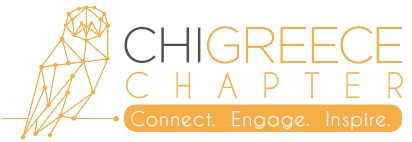How can we compare similar processes in a user interface so that when a user sees one process, other similar ones are played out in a similar way?
This is important in usability as similar processes handle in a similar way and reduce familiarization cost and the burden of user preoccupation. So imagine if users of your system could be sure that similar processes have the same UI abstractions and similar interactions with the user. So, processing a physical asset management problem is similar to processing a customer complaint, similar to processing an audit finding, and similar other processing of informing of the need to attend and remedy a problem.
Besides improving usability this becomes especially important when enterprise software clients design their own process while vendors have to support client with across the board improvements to process design and implementation. Vendors have often relied on offering a solution without the facilities for customer proc design. In The future as we transform many more processes to more automation, there will be far more need to enable clients to design their own processes using the right vendor supplied building blocks that use abstractions of what previously was performed by granular steps of a low level nature making comparison and improvement very difficult let alone unsuited to maximizing usability.
In this discussion we will cover;
How can processes be compared and abstracted. This is not possible with just a data model because allot of logic is needed to persist processes not just data. Actions sequences are also needed to be persisted as they are a mainstay of UI. Business objects plus workflow are good indicators for people to get an initial grasp of the process at hand. But currently software systems cannot compare UI components, business objects and workflow because the software can only provide indication of a perfect match or a non-match. We need to persist logic to determine the sequences and branches in the processes we are comparing. We will describe a proposed solution. So the process components for UI can be separated into appropriate and consistent abstractions and can be compared for similarity for as much of the functionality as practicable.
